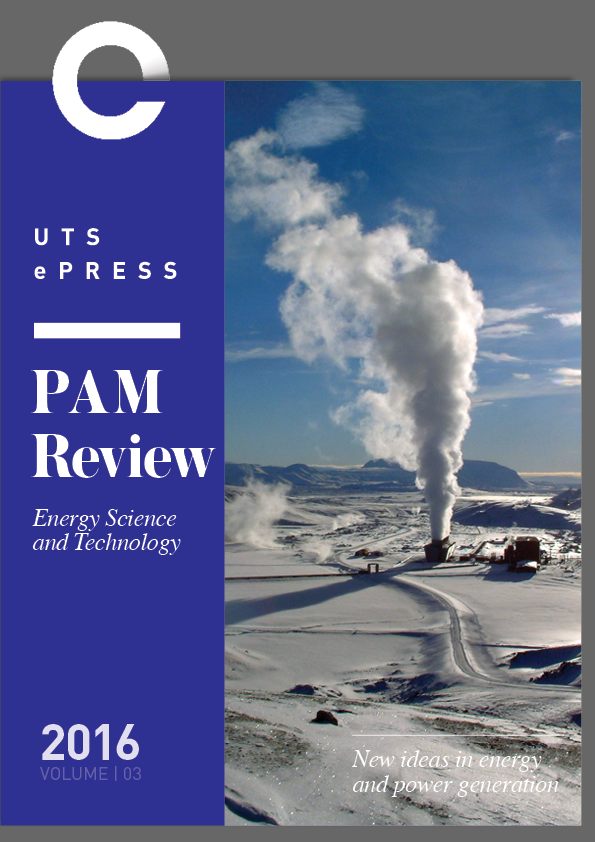Macro to Nano: Scaling Effects of Bi2Te3 Thermoelectric Generators for Applications in Space
Main Article Content
Abstract
Based on theory it was expected that increases in ZT would occur as the thermoelement dimensions are reduced due to increased scattering of electrons and phonons as well as the increased density of electronic states. Increases to ZT due to these effects was not observed in experimental data due to difficulties in nanoscale production. This meta-study observed some indicators that the theory is correct in reduced thermal conduction from increased phonon and electron scattering and that phonon scattering was greater than electron scattering. Furthermore, a weak indication that WF law is not applicable on the nanoscale due to the scattering suggesting a decoupling of electrical and thermal conduction which is not achievable in macro scale TEGs
Article Details
Issue
Section
Authors who publish with this journal agree to the following terms:
a) Authors retain copyright and grant the journal right of first publication with the work simultaneously licensed under a Creative Commons Attribution License that allows others to share and adapt the work with an acknowledgement of the work's authorship and initial publication in this journal.
b) Authors are able to enter into separate, additional contractual arrangements for the non-exclusive distribution of the journal's published version of the work (e.g., post it to an institutional repository or publish it in a book), with an acknowledgement of its initial publication in this journal.
c) Authors are permitted and encouraged to post their work online (e.g., in institutional repositories or on their website) prior to and during the submission process, as it can lead to productive exchanges, as well as earlier and greater citation of published work (See The Open Access Citation Advantage Service). Where authors include such a work in an institutional repository or on their website (ie. a copy of a work which has been published in a UTS ePRESS journal, or a pre-print or post-print version of that work), we request that they include a statement that acknowledges the UTS ePRESS publication including the name of the journal, the volume number and a web-link to the journal item.
d) Authors should be aware that the Creative Commons Attribution (CC-BY) License permits readers to share (copy and redistribute the work in any medium or format) and adapt (remix, transform, and build upon the work) for any purpose, even commercially, provided they also give appropriate credit to the work, provide a link to the license, and indicate if changes were made. They may do these things in any reasonable manner, but not in any way that suggests you or your publisher endorses their use.
